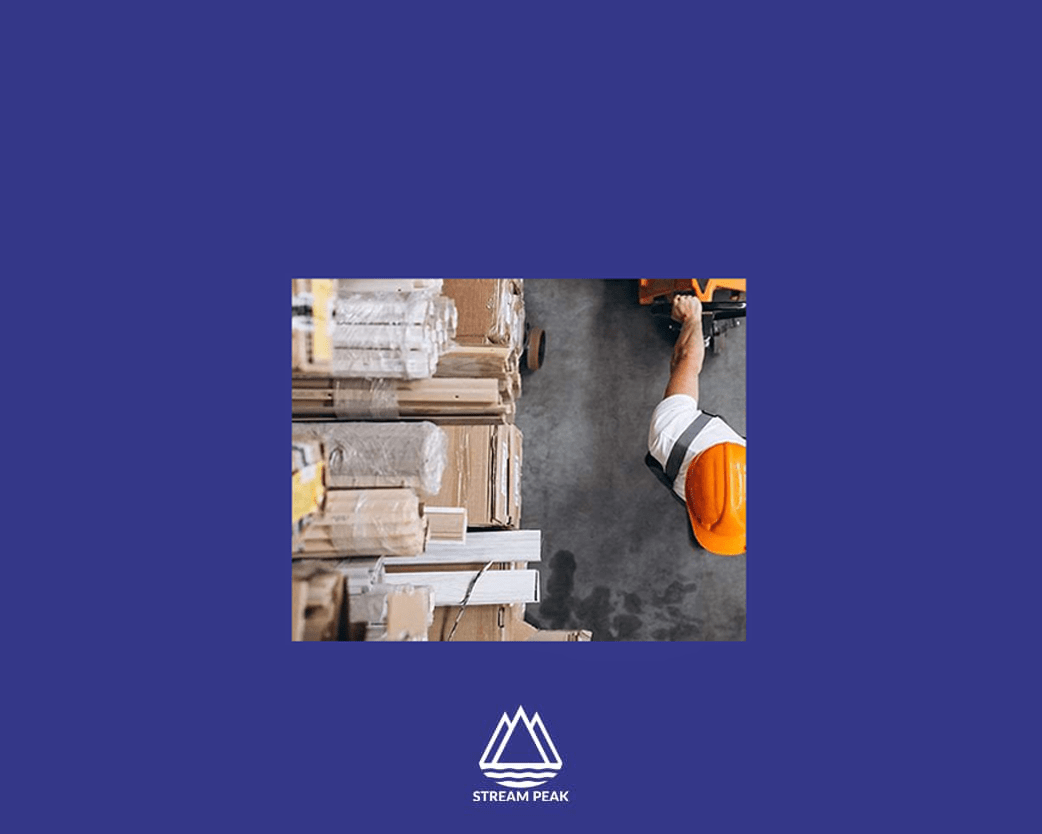Life After COVID-19: Impact On The Packaging Industry

The COVID-19 pandemic has permanently altered the world as we know it, causing significant disruption across industries. The pandemic has significantly reshaped various sectors of the global economy, and the packaging industry is no exception.
Once viewed primarily as a functional component of goods distribution, packaging has taken on a newfound importance in ensuring safety, sustainability, and consumer confidence. As the world begins to adapt to the new normal, it’s evident that the packaging industry has transformed.
Safety and Hygiene at the Forefront
Packaging has evolved beyond its traditional role of protecting products during transit in a post-pandemic world. It now serves as a critical barrier, safeguarding products from potential contamination.
Manufacturers and consumers have recognised the importance of tamper-evident seals, antimicrobial coatings, and contactless packaging solutions. Companies are investing in research and innovation to develop packaging materials that inhibit the spread of pathogens, ensuring the safety of both products and end-users.
Food Packaging Will Change
Although it is unlikely that COVID-19 will spread through food or food packaging, food safety management protocols will be tightened to protect food industry personnel and produce. COVID-19 is a respiratory illness that primarily spreads through person-to-person contact. Good hygiene practices, sanitation, and zoning will now be strictly regulated to eliminate or reduce the risk of contaminating packaging materials with the virus. Personal protective equipment (PPE), such as masks, gloves, etc., will now be mandatory.
Regulatory Changes and Health Standards
The pandemic prompted regulatory bodies worldwide to revisit health and safety standards. Packaging, a direct link between manufacturers and consumers, had to adhere to these evolving guidelines. The industry has responded by implementing changes such as improved labelling for essential information, clearer instructions for product use, and better nutrition labelling for food products.
Supply Chain Disruptions
The packaging industry faced its fair share of supply chain disruptions during the pandemic. Shortages of raw materials, transportation challenges, and labour disruptions exposed vulnerabilities in the industry’s global supply chains. As a result, businesses have started reevaluating their sourcing strategies, exploring local suppliers, and diversifying their supplier base to build resilience against future shocks.
Reassessing the Supply Chain
The packaging sector is vast, mature, and resilient. It has withered much crisis and witnessed healthy growth across multiple industries. This may be a difficult time for some segments of the sector, but as a whole, the packaging sector will evolve much faster to support the new supply and demand from industries and consumers.
Industries are reassessing their supply chain policies to prepare for contingencies and avoid any disruption in the future. It is similar to the packaging industry, looking to reduce its reliance on any country and focus instead on domestic suppliers. For example, supermarket chains in Singapore have commented that packaging supplies have become hard to obtain because of factory closures in China.
E-Commerce Boom
The pandemic accelerated the burgeoning e-commerce trend, and packaging had to keep up. With a surge in online shopping, businesses faced the challenge of safely delivering products while minimizing physical contact. Void-filling packaging solutions have grown in awareness and usage due to increased demand.
As a result, packaging design has been reimagined to optimize efficiency, reduce waste, and provide a seamless unboxing experience. Minimalist packaging designs reduce environmental impact and cater to the growing demand for sustainable solutions.
Personalization and Brand Differentiation
In the digital age, brand differentiation has become essential. Custom packaging creates an emotional connection between consumers and brands and provides an opportunity to share a brand’s story. Packaging has become a canvas for creativity, enabling companies to stand out in a competitive market. From personalized messages to unique designs, brands use packaging to enhance customer engagement strategies.
Sustainability Takes Center Stage
The pandemic highlighted the fragility of our ecosystems, prompting consumers to demand more sustainable practices from businesses. The packaging industry responded by embracing eco-friendly materials, reducing single-use plastics, and adopting circular economy principles. From biodegradable materials to reusable packaging, companies strive to balance protecting products and preserving the planet.
Plastics May Return for a Short While
The packaging industry has been looking for sustainable solutions to reduce environmental impact. While this continues to be the long-term goal, the demand for plastic-based packaging materials will be huge, at least in the short term. Plastic is affordable, long-lasting, and more accessible to source when compared to other eco-friendly alternatives. We’ve already seen some businesses resorting to disposable packaging supplies instead of reusable ones to avoid transmission risk.
Conclusion
The packaging industry has emerged from the COVID-19 pandemic transformed and more resilient. The focus on safety, sustainability, and innovation has propelled the industry into an era where packaging is not merely a means of protection but a tool for creating memorable brand experiences. As the world continues to navigate the challenges brought about by the pandemic, the packaging industry will remain at the forefront of change, adapting to the evolving needs of consumers and businesses alike.

